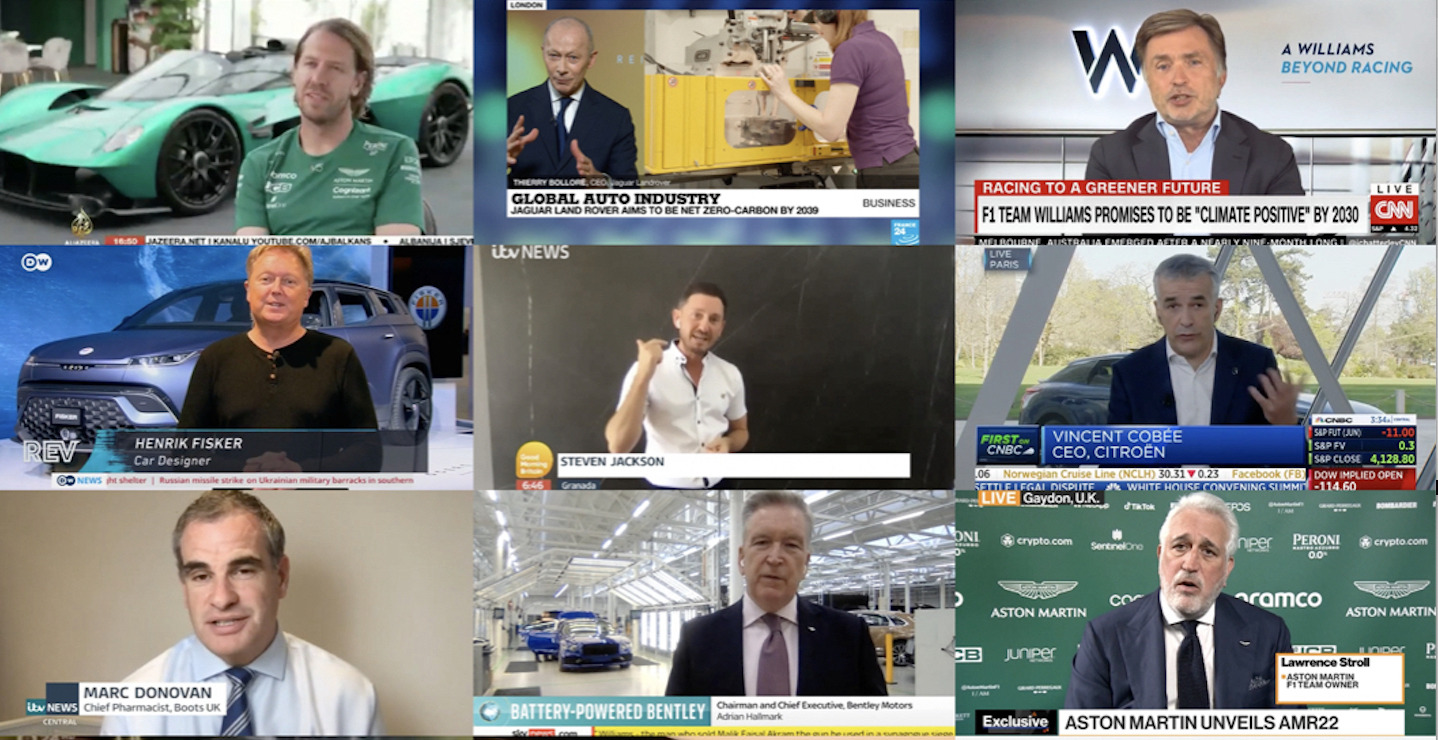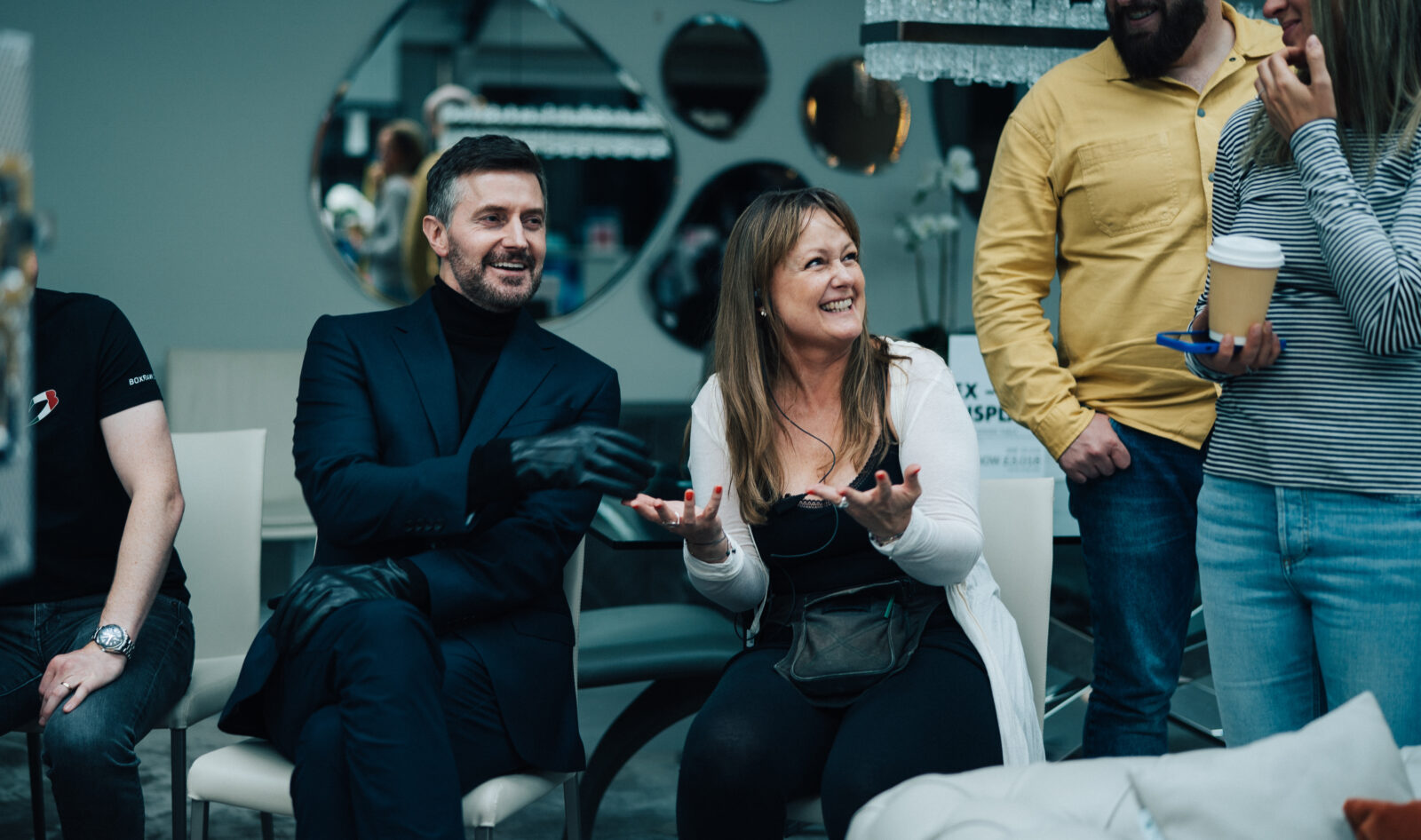Sassy Create
August 23, 2023
2 minutes
It is often said that the creative process begins with a spark, an idea that ignites a series of magnificent events, or a seed that sprouts and, after a period of careful nurturing, blooms. It is a succession of layers and inputs that build into something solid, becoming strong enough to stand on its own. Setting these romantic notions aside, there is a method to the madness and a great deal of effort exerted by all involved. The entire creative process is greater than the sum of its parts. Behind every finished product, be it out of home, advertising, television, or live production, there resides a collaboration of creative individuals.
Originality will always be at the forefront of what we do, although is anything truly original today?
We are all affected by what we see and what we experience, it’s how we interpret and adapt these visual and cerebral cues that make our individual work original. The creative industry is fuelled by fresh ideas and thanks to technological advancements, it evolves at great speed, which is why creatives are always striving to reach new heights. However, in advertising and marketing, we must be sure that style is not prioritised over content and that the true end-goal is always in sight. It’s no surprise that originality draws eyeballs, however the real magic is made when the idea is memorable.
There is no set formula when it comes to ideation, it’s a well-known game of trial and error where mistakes are inevitable and utilised for the betterment of future projects. Ideas aren’t always free flowing either, with the dreaded creative block an ever-present threat.
There are a few essential elements required to make for the best possible outcome.
The foundation of these is a concise brief, which when combined with strategic thinking should lead to a clear platform for the creative team to work with. This focus is essential for creatives, otherwise we’re all running around like headless chickens, punch drunk with the infinite possibilities. Despite the ever-changing boundaries and platforms, the age-old rules of finding a unique product/service benefit, understanding the audience and giving them a reason to believe, remain relevant to this day, so don’t throw the baby out with the bathwater.
Maintaining an open mind and embracing collaborating are also essential. You need to know when to check your ego at the door, and when to (gently) push back. If the push back is for the good of the brand, the audience and the outcome – by all means, go for it. However, start practising introspection first and question whether you may be pushing back because of your attachment to your own creative idea above everything else. If changing the colour of the actor’s socks isn’t going to sell more product, it might be best to let it go.
Despite these pointers, a continual challenge remains. The high demand and pressure for a constant stream of ‘great ideas’ with looming deadlines can and does inevitably take its toll on creatives themselves. The ever-present writer’s block brews a stressed and anxious mind, which isn’t the best playground for ideation; in fact, the best ideas arguably come when you’re distracted with something else entirely, so no matter how pending the deadline is, if you’re blocked – walk away, do something different to come back refreshed and inspired.
Research carried out by the charity Inspire and Ulster University show that individuals in creative industries are three times more likely to suffer from mental health issues than those in other professions, with the most common diagnoses being anxiety and depression. While this is in no way meant to detract from the pressure faced by other professionals, it highlights the relentless demand for fresh ideas, shifting deadlines, and high expectations prevalent in the creative sector.
The creative industry is a constant hive of activity, comprised of some of the most dedicated, innovative, and colourful characters in the world, doing a job they love because creating magic is what they do best. The variety of challenges that any one day throws up is what keeps creatives on their toes, whether it’s tackling a new brief or ensuring all moving parts are aligned to make the final product the best it can be. It is an industry that is the very definition of antithesis, taking and giving, demanding and rewarding. Despite the constant pressure to perform, we’re irrevocably drawn to it. The creative mind is a thirsty one and requires its daily fix.



